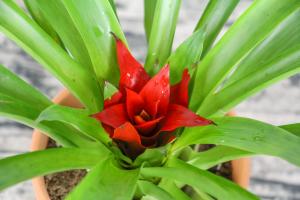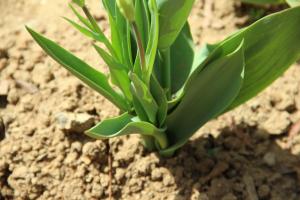Planting Companions for Black Eyed Susans
Black Eyed Susans, also known as Rudbeckia hirta, are vibrant yellow and black flowers that bloom during the late summer and early fall. They鈥檙e tolerant of different types of soils and can grow in full sun to partial shade, making them a popular choice for gardeners. However, planting companions can elevate their beauty and attract beneficial insects to your garden. In this article, we鈥檒l explore some of the best plant companions for Black Eyed Susans.
1. Coneflowers
Coneflowers, or Echinacea purpurea, are excellent planting companions for Black Eyed Susans. Both of these plants are members of the aster family and can grow in similar conditions. Coneflowers are available in different colors such as pink, purple, orange, and white, and they can attract butterflies, bees, and birds to your garden. These two plants complement each other's colors and grow to similar heights, creating a stunning visual effect.
2. Asters
Asters are also members of the aster family, and they bloom during the same time as Black Eyed Susans. Asters come in different colors, including pink, purple, blue, and white, and they can be used to create a more diverse color palette in your garden. They鈥檙e also pollinator-friendly and can attract bees and butterflies. Planting Asters and Black Eyed Susans together can create a dramatic and colorful display in your garden.
3. Ornamental Grasses
Ornamental grasses such as Panicum virgatum, commonly known as Switchgrass, and Pennisetum alopecuroides, commonly known as Fountain Grass, can be used to create a contrast between the lush, vibrant Black Eyed Susans and the wispy, light texture of the grasses. Grasses can make a garden look more natural, and they require less maintenance compared to flowering plants, making them ideal for busy gardeners.
Conclusion
When planting Black Eyed Susans, keep in mind that they thrive in healthy soil that drains well, and they can be planted next to other plants that share similar growing conditions. The three suggested planting companions, Coneflowers, Asters, and Ornamental Grasses, can elevate and enhance the beauty of Black Eyed Susans while attracting beneficial insects and wildlife to your garden. Remember to water your plants regularly, remove dead flowers, and watch as your garden comes to life with vibrant colors and fresh textures.

 how many times do yo...
how many times do yo... how many planted tre...
how many planted tre... how many pine trees ...
how many pine trees ... how many pecan trees...
how many pecan trees... how many plants comp...
how many plants comp... how many plants can ...
how many plants can ... how many plants and ...
how many plants and ... how many pepper plan...
how many pepper plan...































